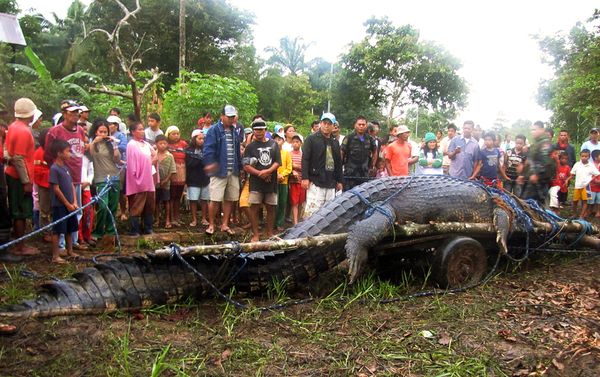My mind was still full of the possibilities of discovering long-lost relatives and distant cousins. Discovering a town called ‘Feliciano’ – although not so uncommon to have a town bearing your name, but hey! this town is my ancestral town – can you imagine that? Its founders were my ancestors!
It felt so removed … Somehow in my mind, the kings and queens of England and all the other European royalty were the only ones with ‘known’ ancestors, and towns that were descendants of those royalties, or towns named after them … And now here was the possibility that there’s a whole town that I might be slightly related to?? anyway …
I contacted the author of the blog, Al, who as it turned out is trying to write a history of Balete. He informed me that he was working with a Feliciano on the town council, who is probably an uncle? grand-uncle? of mine. He gave me his phone number, so I could call him and talk to him. A quick search on the internet brought up the current officials in Balete. yep, there was a ‘Feliciano’ on there. And some other surnames that I recognize from the family tree document!
Elected Municipal Officials (2010-2013)
Teodor V. Calizo, Jr. – Mayor
Roman R. Villaruel – Vice MayorSangguniang Bayan:
Sylvia B. Yasa
Inocentes F. Bantigue, Jr.
Crispino P. Beltran, Jr.
Apolinar C. Cleope
Patrick F. Lachica
Ciriaco T. Feliciano
Peter C. Recidoro
Joselito C. Delos Reyes
And suddenly, I was a little hesitant … What would he say about somebody calling from overseas, claiming to be a descendant of Mariano and Maria Feliciano? Which side of the family was he descended from? And what would we talk about, anyway? I had so many questions, and yet I didn’t have any specific questions.
I thought about sitting down and forming some half-decent questions to ask, so as not to waste time and money … it was going to be an international call, after all, and I didn’t want to be saddled with a high phone bill for the month. Then I studied my family tree map and tried to figure out from his name which side of the family he came from … from Don Carlos or from Doña Florencia? haaaayyyy ….
And after a little more browsing, I came across this … and recognized names from the family tree document, towns that I remember my father had mentioned. And it says that the town of Feliciano was named after Don Carlos, established in 1907. hmmm … Somehow I thought it had been established before the 1900’s.
Barangays
- Aranas – Named after Ambrocio Aranas, popularly known as Capitan Ambrocio.
- Arcangel – Named after the Patron Saint, St. Rafael Arcangel. But the barrio was also popularly known as Pueahan after the Puehan River. It was established in 1917 when Balete became independent from New Washington.
- Calizo – Named after D. Adriano Calizo, he being the most popular and the riches man in the barrio. The barrio was established sometimes in 1917 while Balete was an arabal of the newly established town of New Washington. By that time it was scarcely populated as people prefer to reside near the Jal-o River.
- Cortes – Named after the Cortes family.
- Feliciano – Named after Carlos Feliciano, the brother of Doña Florencia Feliciano (allegedly the mistress of Fr. Vicente Guanco). It was established on 1907.
- Fulgencio
- Guanko
- Morales – Named in honor of Capitan Florentino Morales. Established in 1917.
- Oquendo – Named after Simeon Oquendo. It was established in 1917. This barrio served as evacuation site during the Filipino-American War.
- Poblacion
And up till now I haven’t gotten up the nerve to call … Maybe soon.



